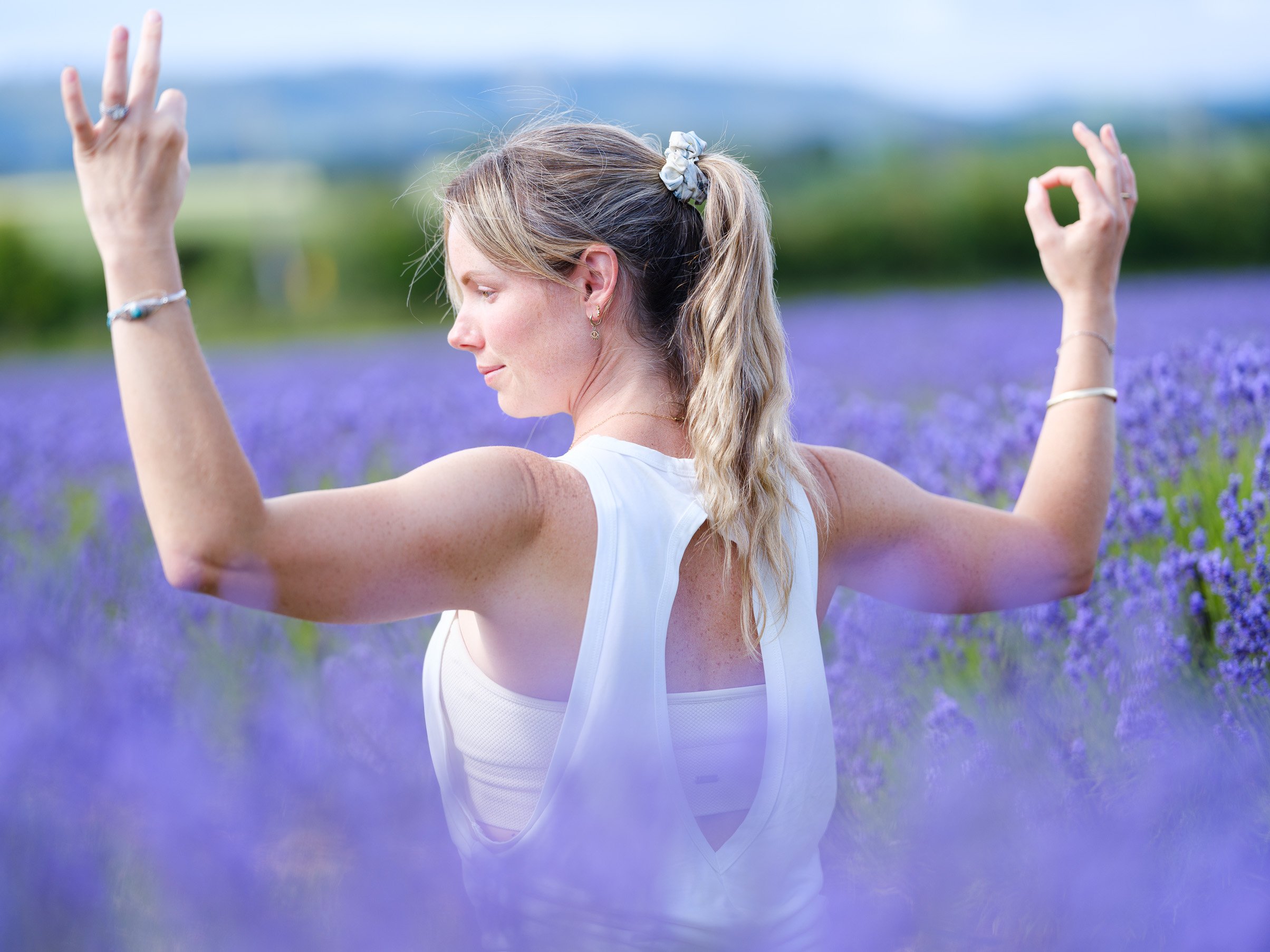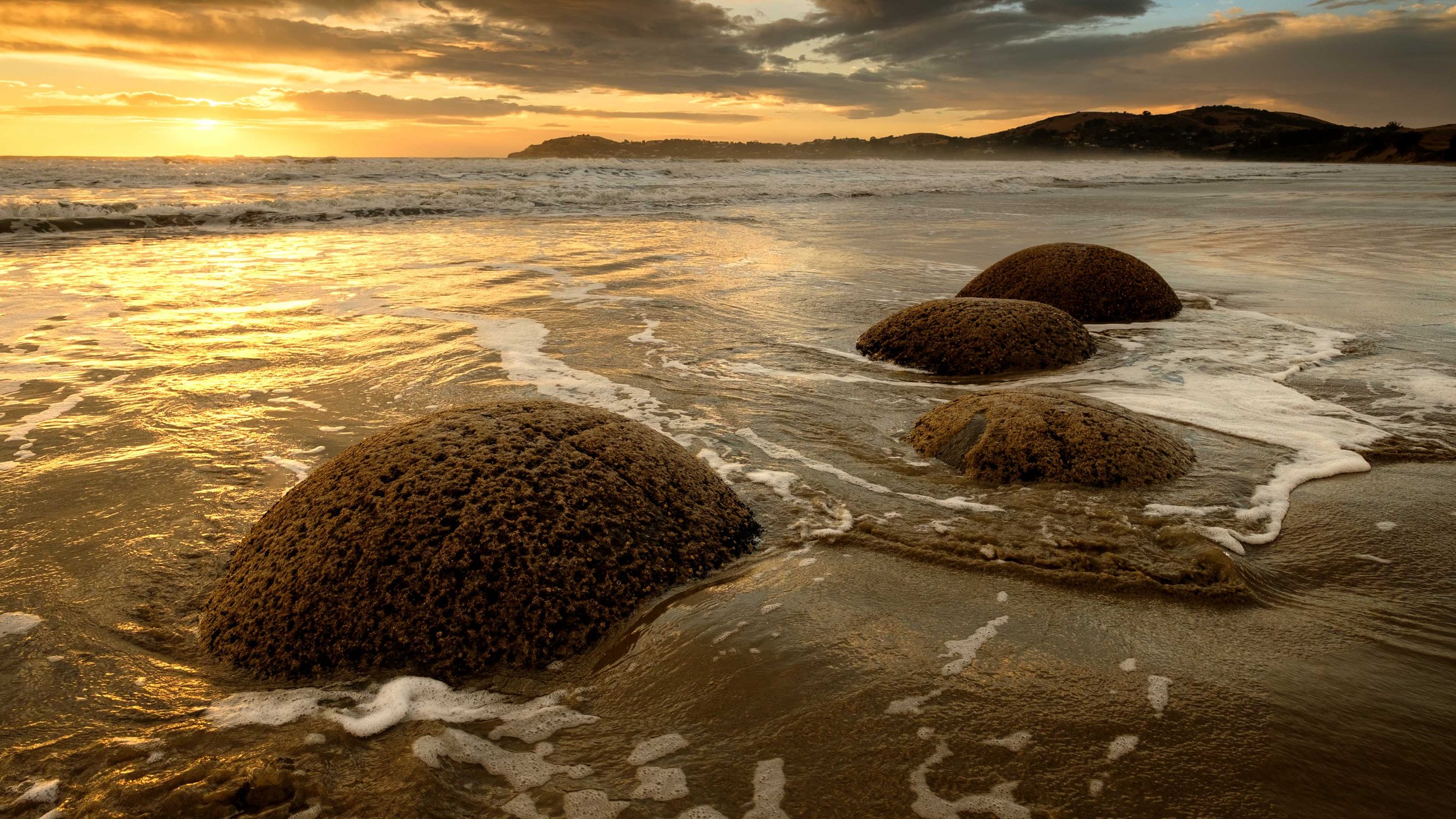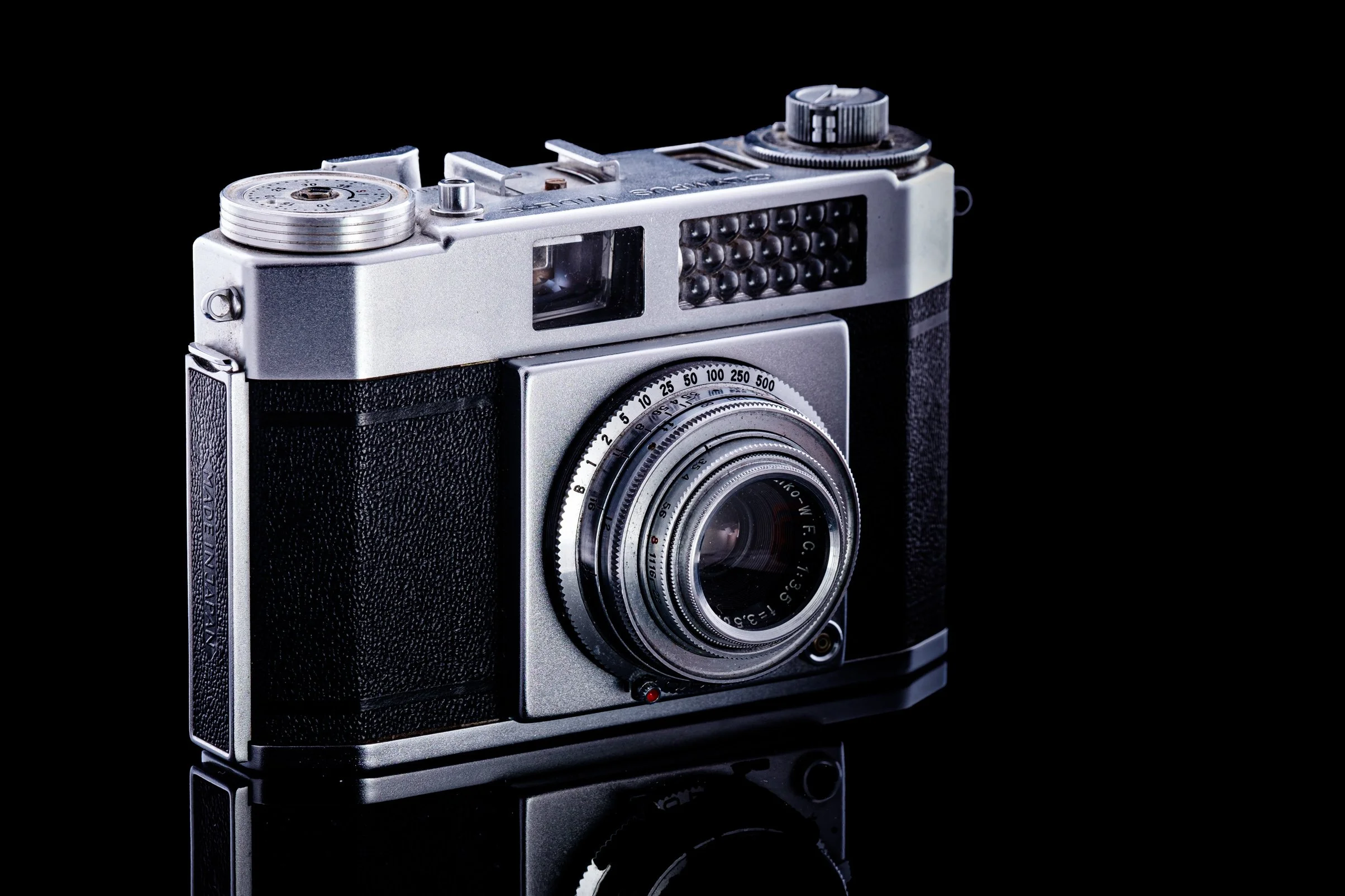I remember thinking how beautiful Wingatui railway station was the first time I saw it, and also, how hard it was to photograph. No matter how I tried, I couldn’t take a photo I thought did it justice. One of the issues I had was the station had been repaired and painted in recent times but the repair job paint colour didn’t match up with the old, so it made it a nightmare for colour photography. It wasn’t until I started including black and white infrared photography into my landscape workflow that I finally found a way to take pictures of the station that excited me.
Wingatui Railway Station, Mosgiel, New Zealand.
My first approach was to shoot toward the station with the sun over my back. With infrared, this does result in deeper blacks on blue skies and punchy contrast.
Wingatui Railway Station, Mosgiel, New Zealand.
The images were okay but as the image above illustrates, I found the the backdrop to the station lacking depth and it was also unbalanced with the station having a massive tree behind it on the right and then nothing to the left.
Wingatui Railway Station, Mosgiel, New Zealand.
In the image above, the railway track winds off into the bush. Black and white infrared can be extremely hard to decipher unless you have structured elements cutting through the chaos and communicating what we should look at. In the image above the man made elements of the railway track and gravel mound give us a sense of place.
Wingatui Railway Station, Mosgiel, New Zealand.
In the image above by shooting from this side of the station there are only a few elements to focus on, and I find simple images so much nicer to look at.
I was delighted to find this old underpass (pictured below) and thought it would make a great shoot location for some fashion photography with strobes or even an edgy family portrait shoot as the station area itself could be great for pictures. Get in touch if you are keen.
Wingatui Railway Station underpass, Mosgiel, New Zealand.
The next 3 images were all about finding the right angle to show off the station from the south side. When I took the first image I knew immediately this was the composition I liked most. It’s crazy how an infrared camera renders foliage as white. In this scene you would think this is a snow storm in winter, but no, this is a hot and foggy day in summer. It just blows my mind.
Wingatui Railway Station, Mosgiel, New Zealand.
I love the black to white ratio in this image above, with the foreground providing a nice pathway to the subject of the station.
Wingatui Railway Station, Mosgiel, New Zealand.
A square on view. I like this as well as it includes the old fashioned power poles, giving the image balance.
Wingatui Railway Station, Mosgiel, New Zealand.
This image above of Wingatui Station was my personal pick of the bunch. For me there is a great balance of white and black with strong lines, a simple subject and an interesting, textured but unobtrusive background. This is an image I will happily pop up on my print shop, but to be honest I liked all three of the final images. Thanks for stopping by.






































